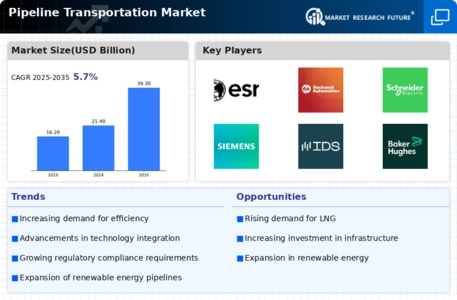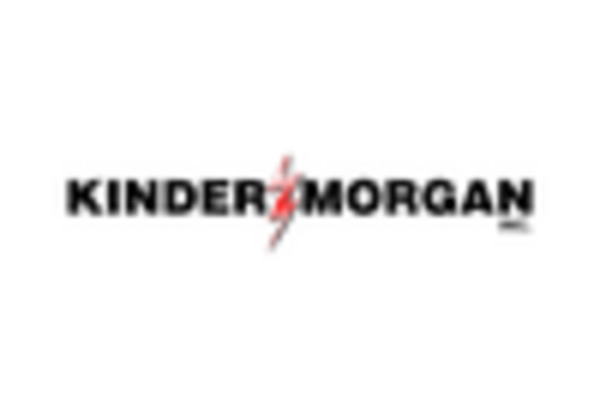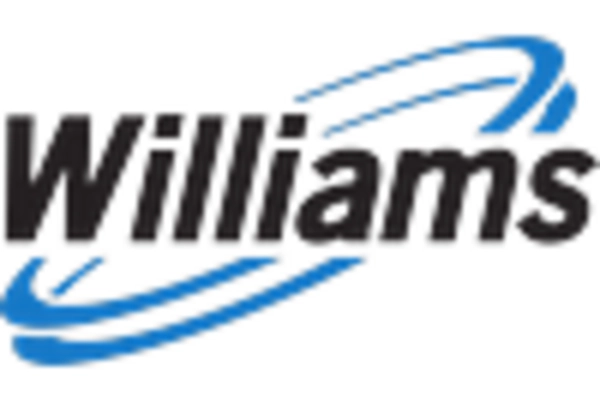Leading market players are investing heavily in research and development in order to expand their product lines, which will help the Pipeline Transportation Market, grow even more. Market participants are also undertaking a variety of strategic activities to expand their global footprint, with important market developments including new product launches, contractual agreements, mergers and acquisitions, higher investments, and collaboration with other organizations. To expand and survive in a more competitive and rising market climate, Pipeline Transportation industry must offer cost-effective items.
Manufacturing locally to minimize operational costs is one of the key business tactics used by manufacturers in the global Pipeline Transportation industry to benefit clients and increase the market sector. In recent years, the Pipeline Transportation industry has offered some of the most significant advantages to medicine.
Major players in the Pipeline Transportation Market, including ABB (Switzerland), Emerson Electric Co. (U.S.), ESRI (India), FMC Technologies, Rockwell Automation, Inc., Schneider Electric, Siemens, Trimble Navigation Limited, IDS GmbH, Baker Hughes, Halliburton, National Oilwell Varco, and John Wood Group PLC are some of the companies that are represented. also other, are attempting to increase market demand by investing in research and development operations.
Electricity and automation technology and solutions are offered by ABB Ltd (ABB). The business provides goods, systems, services, and solutions for electrification, motion, and industrial automation. Its offers harness power reliability, boost industrial productivity, and improve energy efficiency, and its solutions incorporate engineering know-how and software. ABB offers its goods directly to consumers as well as through third-party channel partners as distributors, installers, wholesalers, machine manufacturers, original equipment manufacturers, and system integrators.
The company offers customers in the utilities, industry, transportation, and infrastructure sectors throughout Asia, the Americas, the Middle East, Africa, and Europe industrial equipment and systems that are digitally connected and enabled. The headquarters of ABB are in Zurich, Switzerland.
Innovative solutions are offered by Emerson Electric Co. (Emerson) to clients in the commercial, industrial, and residential markets. The company sells a variety of items, including electrical distribution equipment, pneumatic devices, industrial valves, fluid control, pneumatic mechanisms, and measurement and analytical instrumentation. Additionally, it offers services including process automation, smart wireless, consultancy, training, and post-project support. It also offers modernization and migration services. The business sells its goods under the labels RIDGID, InSinkErator, Badger, ProTeam, and Emerson. It has activities throughout Africa, the Middle East, Latin America, Asia-Pacific, Europe, and North America. The US city of St.
Louis serves as Emerson's corporate headquarters.


















Leave a Comment